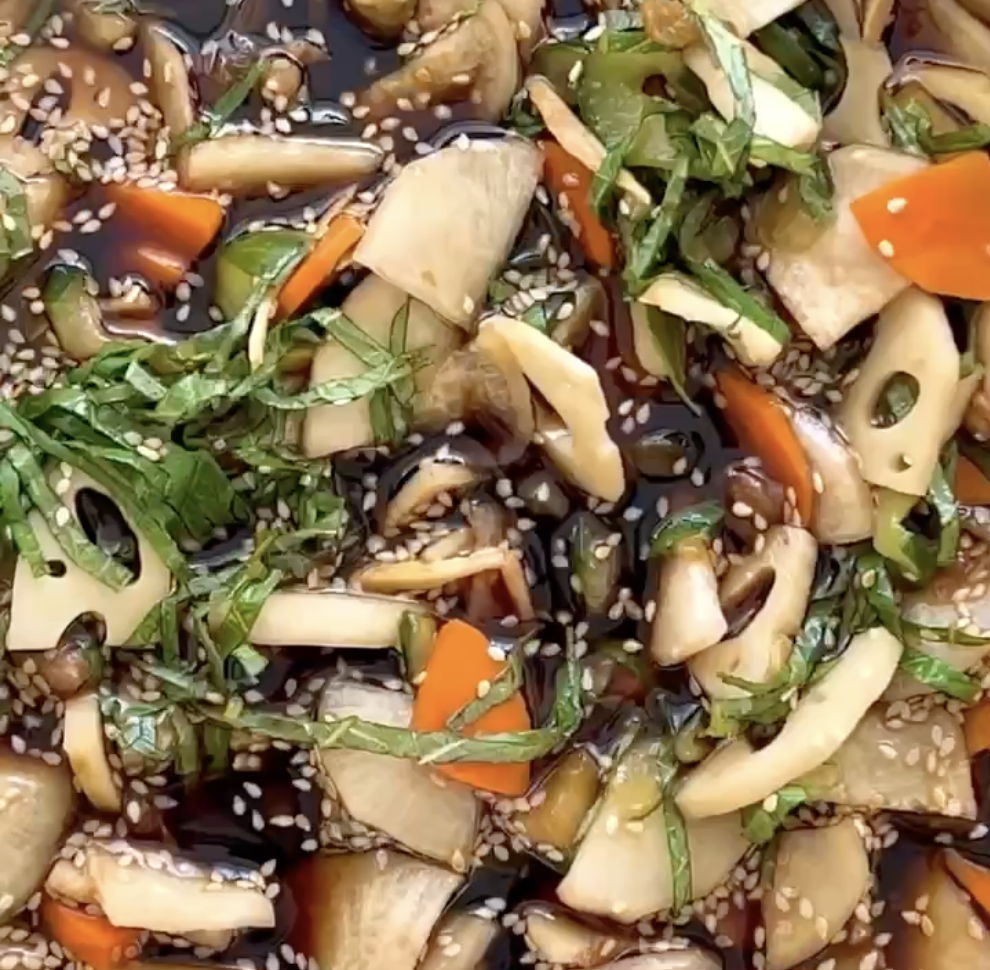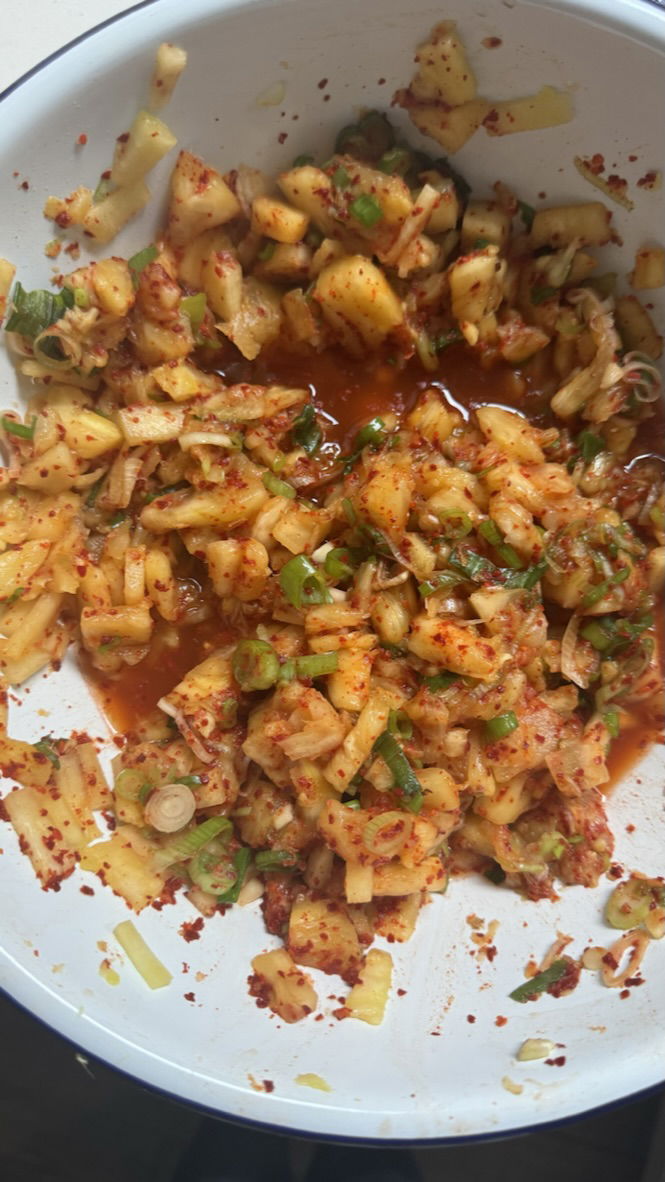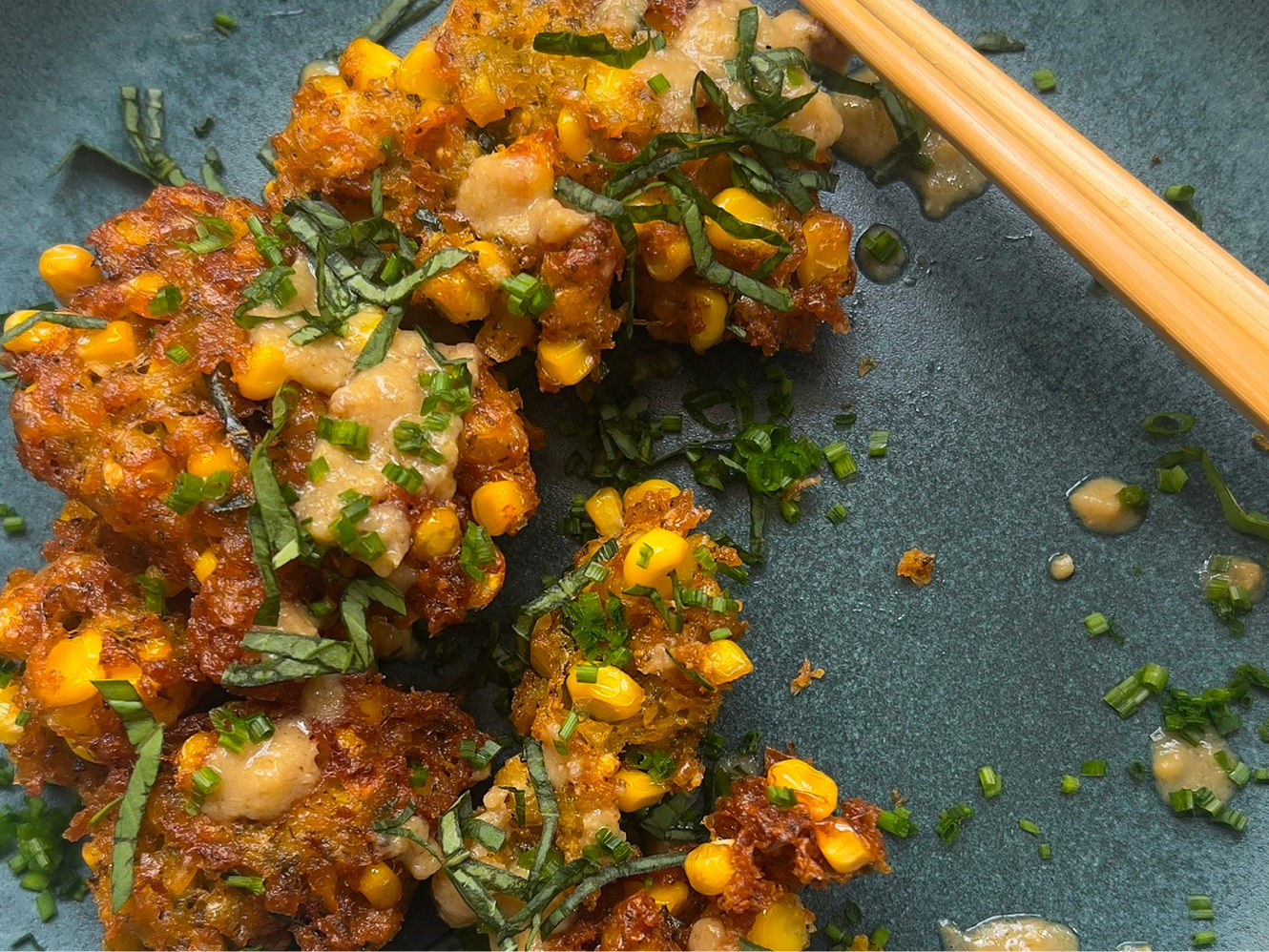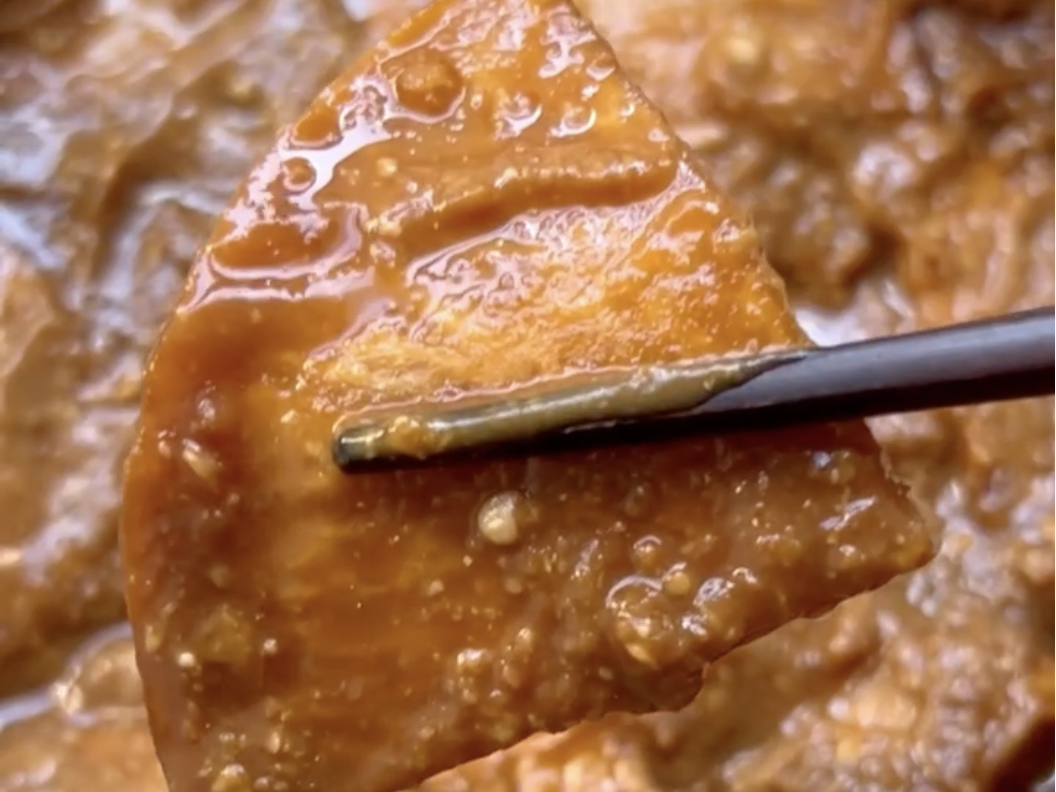fukujinzuke
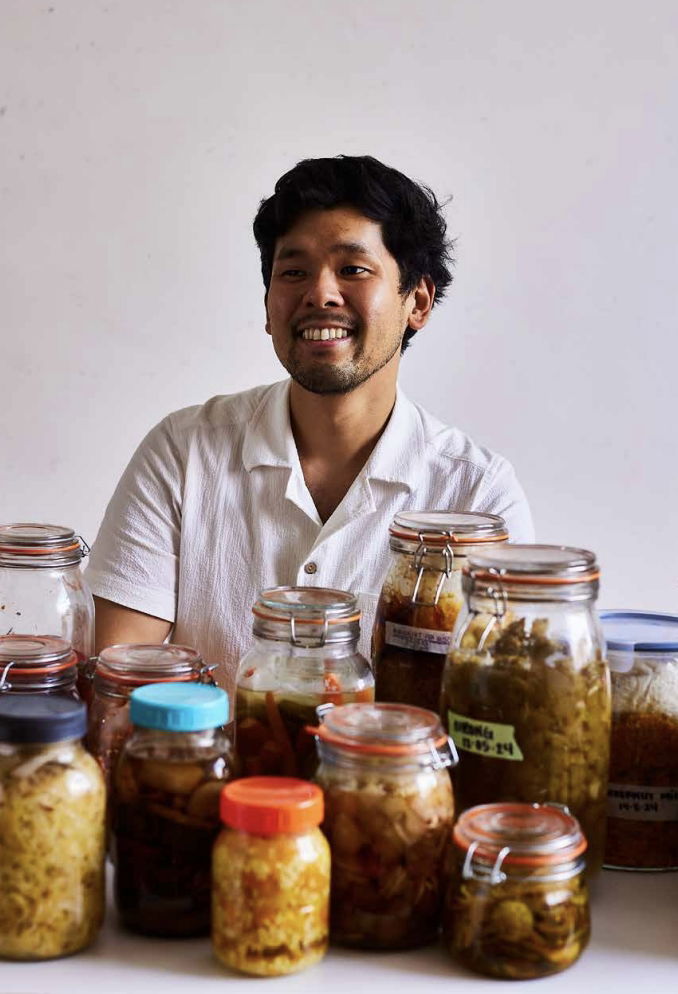
Kenji Morimoto•
Oct 30, 2025
I grew up with this tsukemono always in our fridge - excellent (and well known) as an accompaniment to Japanese curry, a staple in Japanese homes, but due to its crunchy texture and variety of flavours, it's really just a perfect pickle to be appreciated against the blank canvas of rice.
Fun fact - but as a child, I was obsessed with the seven lucky gods (七福神), seven gods of Japanese mythology, and the namesake of this tsukemono. Why? Well - it has seven ingredients. Clever, huh.
There's a fair amount of prep needed in this pickle due to the seven ingredients but in terms of process, it's quite easy. It lasts in the fridge for a few weeks but the flavours may dilute so best eaten within 2 weeks.

Kenji Morimoto is a London-based Japanese American food writer and content creator who specializes in fermentation. He draws from his cultural heritage to teach, write, and share culinary knowledge through various platforms, including his popular Instagram @kenjcooks and his upcoming book "Ferment."
Ingredients (15)
Ingredients (15)
Brine
Instructions
Prepare all of the vegetables - ensure they're all thinly sliced and relatively similar in size. If prepping the lotus root from raw, once peeled and halved, blanch in boiling water with 1/2 teaspoon of salt. Put all the vegetables and ginger in a large bowl (excluding the shiso) and add the measured amount of salt. Mix this well and let it sit for upwards to 30 minutes. After which, squeeze the vegetables well, rinse with cold water, and squeeze the vegetables again to remove as much water as possible.
Make the brine by bringing all of the brine ingredients to a low simmer. Remove the kombu.
To your large bowl with the squeezed vegetables, add the sesame seeds and shiso.
Whilst the brine is still warm, pour the brine onto the squeezed vegetables. Put them into your container of choice and move to the fridge. They are best enjoyed after 24 hours.
Notes
Notes
The amount per vegetable can be adjusted based on what you have but be sure to stick with the 3% salt for the salting stage.
